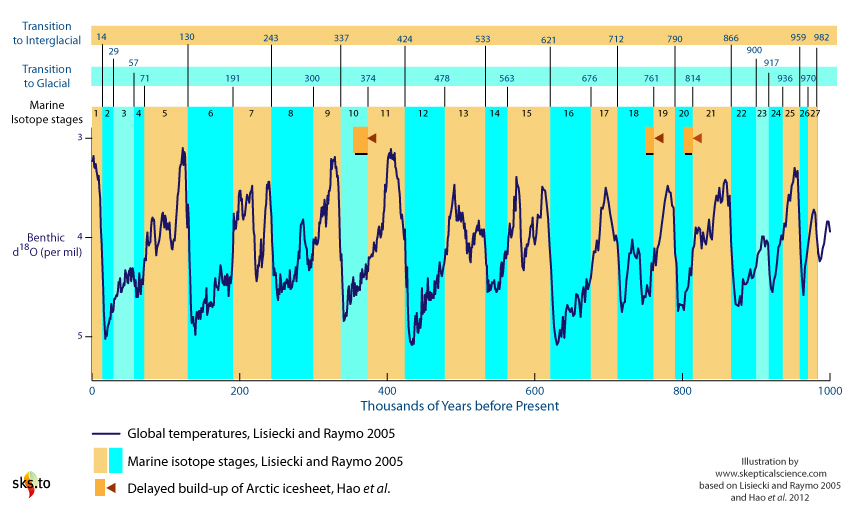Dennis Tate
Banned
Over the years I've ran into several theories as to why the Arctic would be much warmer at certain times in the past than it is at this time.
What is your favourite theory about this?
https://www.sciencedaily.com/releases/2021/03/210324142842.htm
Greenland caves: Time travel to a warm Arctic
Date:
March 24, 2021
Source:
University of Innsbruck
Summary:
An international team of scientists presents an analysis of sediments from a cave in northeast Greenland, that cover a time period between about 588,000 to 549,000 years ago. This interval was warmer and wetter than today, the cave deposits provide an outlook in a possible future warmer world due to climate change.
What is your favourite theory about this?
https://www.sciencedaily.com/releases/2021/03/210324142842.htm
Greenland caves: Time travel to a warm Arctic
Date:
March 24, 2021
Source:
University of Innsbruck
Summary:
An international team of scientists presents an analysis of sediments from a cave in northeast Greenland, that cover a time period between about 588,000 to 549,000 years ago. This interval was warmer and wetter than today, the cave deposits provide an outlook in a possible future warmer world due to climate change.
An international team of scientists presents an analysis of sediments from a cave in northeast Greenland, that cover a time period between about 588,000 to 549,000 years ago. This interval was warmer and wetter than today, the cave deposits provide an outlook in a possible future warmer world due to climate change.
A 12-centimetre-thick sample of a deposit from a cave in the northeast of Greenland offers unique insights into the High Arctic's climate more than 500,000 years ago. The geologist and cave scientist Prof. Gina Moseley collected it during an exploratory expedition in 2015 for her palaeoclimatic research in one of the most sensitive areas of the world to climate change. The cave is located at 80° North 35 km from the coast and 60 km from the Greenland Ice Sheet margin. It was part of the Greenland Caves Project, funded by 59 different sponsors including the National Geographic Society. Moseley and her team are interested in the climate and environmental history captured by the unique cave deposit.
"Mineral deposits formed in caves, collectively called speleothems, include stalagmites and stalactites. In this case we analysed a flowstone, which forms sheet-like deposits from a thin water film," explains Moseley. It is very special to find a deposit of this kind in the High Arctic at all, the geologist continues: "Today this region is a polar desert and the ground is frozen due to permafrost. In order for this flowstone to form, the climate during this period must have been warmer and wetter than today. The period between about 588,000 to 549,000 years before present is generally considered to be globally cool in comparison to the present. The growth of the speleothem at this time, however, shows that the Arctic was surprisingly warm."

